I would like to fit a line that uses the inverse of the error bars as weights.
I binned my data x and y, into 10 bins ( ~26 points each ) and took their mean. This is not a matrix of values so polyfit isn't happy with that.
# note I didn't test this pseudo code....
import numpy as np
import scipy
x = np.random.randn(100)
y = np.random.rand(100)
x_bins = np.linspace(x.min(), x.max(), 10) # reduction of data into 10 bins
y_bins = np.linspace(y.min(), y.max(), 10)
x_bin = np.digitize(x, x_bins)
y_bin = np.digitize(y, y_bins)
x_mu = np.zeros(10)
y_mu = x_mu.copy()
err = x_mu.copy()
for i in range(10):
x_mu = np.mean(x[x_bin==i])
y_mu = np.mean(y[y_bin==i])
err = np.std([y[y_bin==i])
x_mu[np.isnan(x_mu)] = 0
y_mu[np.isnan(y_mu)] = 0
errror[np.isnan(error)] = 0
plt.errorbar(x_mu, y_mu, err, fmt='o')
EDIT: scipy.polyfit stopped complaining about ill conditioned inputs...
out = scipy.polyfit(x_mu, y_mu, deg=1, w=error)
